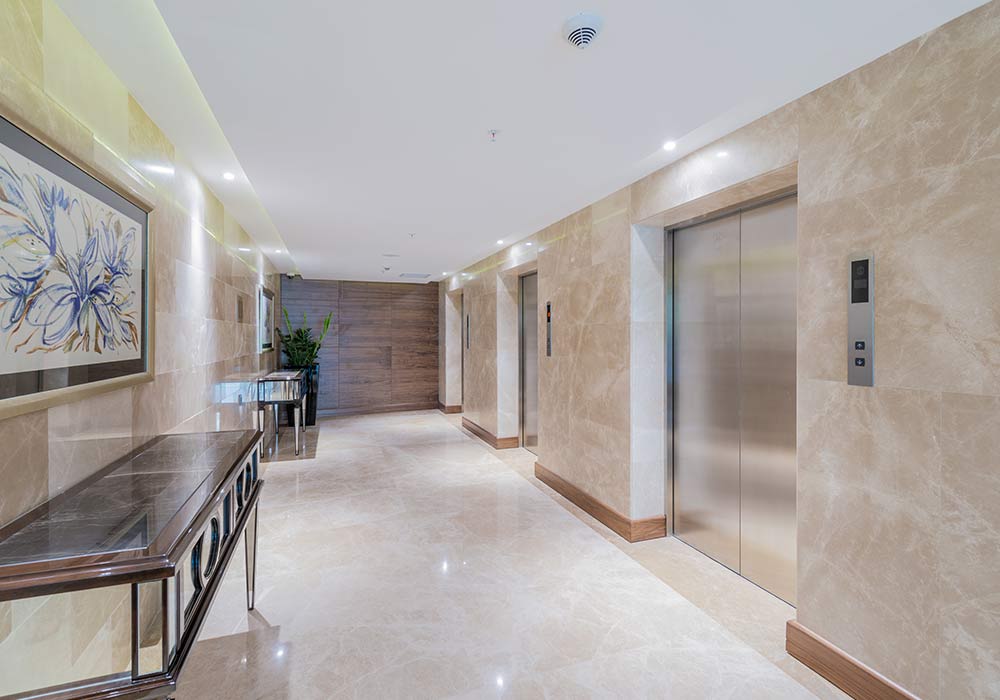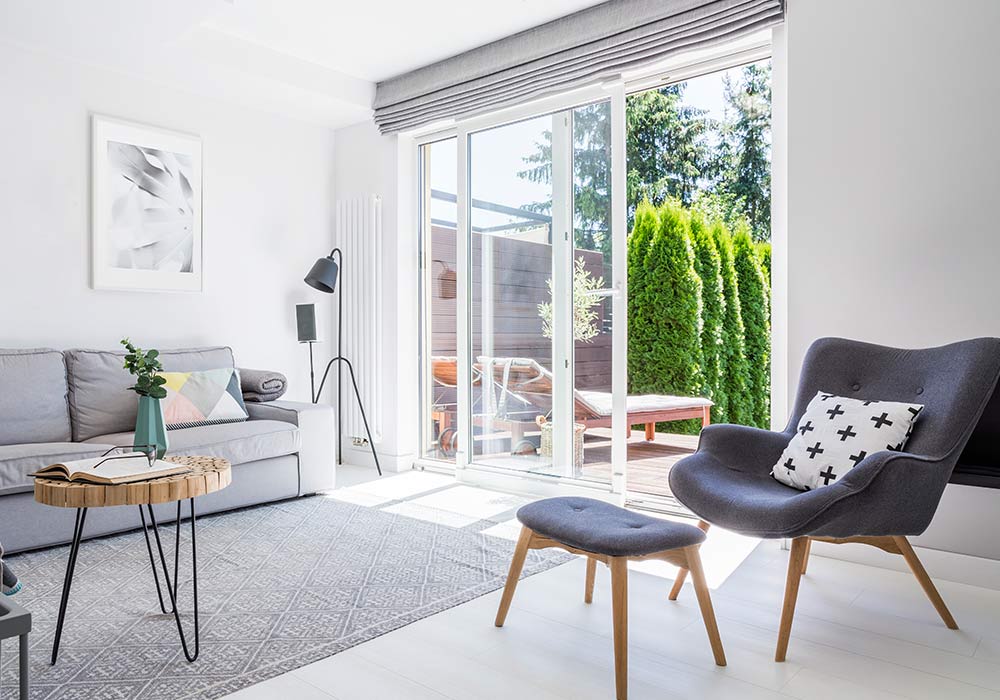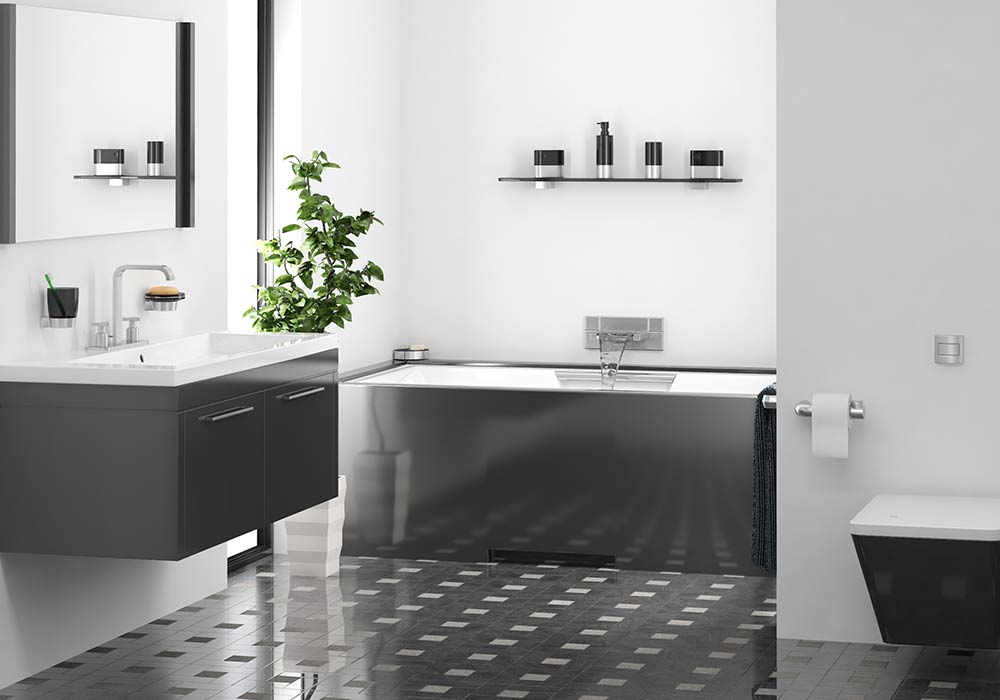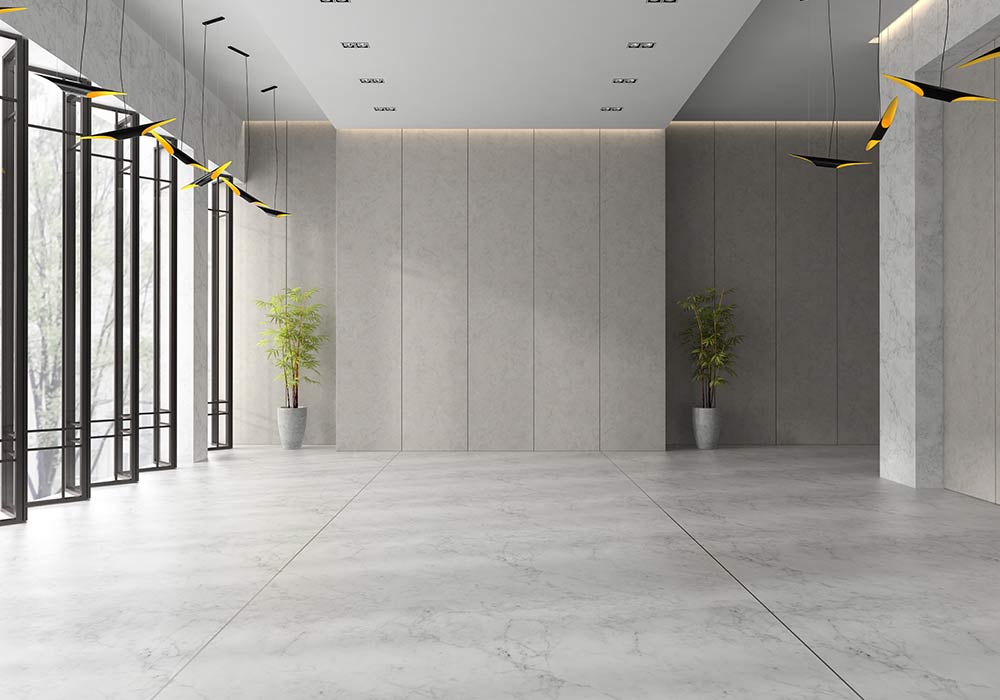Pinuy-Binuy
Evacuation – Building
The ‘Pinuy-Binuy’ procedure means improving and adapting an urban area, by demolishing the old buildings and building new residential buildings in their place. The ‘Pinuy-Binuy’ procedure was first announced by the Ministry of Housing in 1998 as part of a policy of urban renewal, improving the quality of life of residents and upgrading infrastructure in old areas across the country.
In Israel, there are three possible options:
-Local Municipality Option:
The local Municipality initiates the urban renewal project, the Ministry of Construction and Housing may declare an area as a ‘Pinuy-Binuy’ site by means of a declaration order, valid for up to six years, unless the declaration is extended. The local municipality plans and approves. The tenants and / or developers implement the plan.
-Taxation Option:
The taxation route operates under the Land Taxation (Land Appreciation and Purchase) Law. Its purpose is to incentivize urban renewal processes carried out solely by private market forces. As part of this route, developers or property owners may apply to the Urban Renewal Committee, and request that it recommend to the government to declare a complex as a Pinuy-Binuy complex. The declaration of the government confers benefits on Land Appreciation tax, purchase tax and value added tax (VAT) to the evicted tenants. In addition, it allows the postponement of the date that determines the tax liability. Most projects in Israel are conducted in this option.
– TAMA 38 (NOP 38) Option:
TAMA 38 is not part of a ‘Pinuy-Binuy’ procedure but is a different and complementary option. This is the name of an outline plan that provides another option for old apartment owners to receive a new apartment and improves their quality of life. The plan to strengthen buildings against earthquakes was approved in May 2005 and updated in 2010. According to the plan buildings that an engineer has determined need to be strengthened can be demolished, and to new buildings can be built instead according to the old building rights, in addition to the rights granted under the TAMA. The building lines of the new building will not deviate from the building lines, according to the plans detailed instead.
What do I get?
- Economic profit: The value of your apartment improves immeasurably
- Quality of life: The tenant receives a spacious and new apartment
- Environment: New buildings and a modern and beautiful look to the residential neighborhood
- Infrastructure improvement: a whole of infrastructure and services for the building is improved and upgraded
It is worth noting that in the calculation of the area of the new apartment are also considered building rights (if any), extensions made and additional parameters. Therefore, there is no point in starting the race to expand your existing apartment – if you do not need it urgently. The return you will receive as part of the project will be high even if you do not take advantage of the existing rights beforehand.
What do I gain?
Economic profit: The value of your apartment improves immeasurably
Quality of life: The tenant receives a spacious and new apartment
Environment: New buildings and a modern and beautiful look to the residential neighborhood
Infrastructure improvement: a whole of infrastructure and services for the building is improved and upgraded
It is worth noting that in the calculation of the area of the new apartment are also considered building rights (if any), extensions made and additional parameters. Therefore, there is no point in starting the race to expand your existing apartment – if you do not need it urgently. The return you will receive as part of the project will be high even if you do not take advantage of the existing rights beforehand.
- Full collateral, including bank sale law guarantee according to the value of the new apartment.
- Real rent for the entire eviction period, including guarantees for the payment of rent.
- High quality apartment specification, full and beautiful to the eye (at least the same as the specification of the additional apartments in the project)
- Full insurance for the project throughout the construction period.
In addition, the financing of all project expenses is on Meidar, including:
- Fees of the lawyer representing the apartment owners
- Payment of moving services back and forth
- Payment for an inspector on behalf of the apartment owners
- Financing project planning expenses, taxes, and levies (from the moment the apartment is vacated) and registering the house as a condominium.
Initially, the residents sign a ‘non-shop’ agreement – an agreement that allows a reliable entrepreneur who specializes in the field to examine the feasibility of the project in a period of time limited by law, knowing that the residents do not apply in parallel to another entrepreneur. This is because the testing procedure requires the dev entrepreneur to invest costs in time and money. This agreement requires the signing of an absolute majority of the tenants.
Immediately afterwards, at the end of the inspection, the entrepreneur develops precise and detailed planning procedures, so that in the next step – when signing the contract, each tenant can know for sure what he is going to receive, what the new apartment will look like and so on.
At the same time, the tenants of the building (or a number of buildings) sign an agreement for a construction project with the entrepreneur. In the agreement, the entrepreneur guarantees the tenants a new apartment in the same size or larger than the existing apartment in the new building, payment of rent during construction and payment of property tax on the area of the old apartment.
At the end of the signing process, the entrepreneur submits an orderly T.B.P plan to the district committee, issues a building permit and then the practical process begins. First, the tenants vacate their house with the coordination and assistance of the entrepreneur, Then, the entrepreneur demolishes the existing building and builds in its place a taller building with a larger number of apartments (depending on the relevant building permit), some of which are given to previous tenants and some of which are sold to new tenants.
We at Meidar believe that it is not possible to carry out a ‘Pinuy-Binuy’ procedure correctly and well without full cooperation, transparency, and reliability with the residents.
We believe that an integral part of the project is to provide a continuous and immediate response to any issue or face of the residents. Handling inquiries to their satisfaction will ensure both for them and for the entire project its standard and rapid progress.
We believe that the speed of execution means a lot, both for us as a professional company that wants to finish the project while meeting the schedule goals, and for the tenants who want to return to their new and spacious apartment as soon as possible.
We do everything to make you happy, for you and for us. We believe that only in this way will ‘Meidar’ continue to succeed and prosper, as its customers will testify in various projects around the country.
The ‘Pinuy-Binuy’ procedure means improving and adapting an urban area, by demolishing the old buildings and building new residential buildings in their place. The ‘Pinuy-Binuy’ procedure was first announced by the Ministry of Housing in 1998 as part of a policy of urban renewal, improving the quality of life of residents and upgrading infrastructure in old areas across the country.
In Israel, there are three possible options:
-Local Municipality Option:
The local Municipality initiates the urban renewal project, the Ministry of Construction and Housing may declare an area as a ‘Pinuy-Binuy’ site by means of a declaration order, valid for up to six years, unless the declaration is extended. The local municipality plans and approves. The tenants and / or developers implement the plan.
-Taxation Option:
The taxation route operates under the Land Taxation (Land Appreciation and Purchase) Law. Its purpose is to incentivize urban renewal processes carried out solely by private market forces. As part of this route, developers or property owners may apply to the Urban Renewal Committee, and request that it recommend to the government to declare a complex as a Pinuy-Binuy complex. The declaration of the government confers benefits on Land Appreciation tax, purchase tax and value added tax (VAT) to the evicted tenants. In addition, it allows the postponement of the date that determines the tax liability. Most projects in Israel are conducted in this option.
– TAMA 38 (NOP 38) Option:
TAMA 38 is not part of a ‘Pinuy-Binuy’ procedure but is a different and complementary option. This is the name of an outline plan that provides another option for old apartment owners to receive a new apartment and improves their quality of life. The plan to strengthen buildings against earthquakes was approved in May 2005 and updated in 2010. According to the plan buildings that an engineer has determined need to be strengthened can be demolished, and to new buildings can be built instead according to the old building rights, in addition to the rights granted under the TAMA. The building lines of the new building will not deviate from the building lines, according to the plans detailed instead.
What do I get?
- Economic profit: The value of your apartment improves immeasurably
- Quality of life: The tenant receives a spacious and new apartment
- Environment: New buildings and a modern and beautiful look to the residential neighborhood
- Infrastructure improvement: a whole of infrastructure and services for the building is improved and upgraded
It is worth noting that in the calculation of the area of the new apartment are also considered building rights (if any), extensions made and additional parameters. Therefore, there is no point in starting the race to expand your existing apartment – if you do not need it urgently. The return you will receive as part of the project will be high even if you do not take advantage of the existing rights beforehand.
What do I gain?
Economic profit: The value of your apartment improves immeasurably
Quality of life: The tenant receives a spacious and new apartment
Environment: New buildings and a modern and beautiful look to the residential neighborhood
Infrastructure improvement: a whole of infrastructure and services for the building is improved and upgraded
It is worth noting that in the calculation of the area of the new apartment are also considered building rights (if any), extensions made and additional parameters. Therefore, there is no point in starting the race to expand your existing apartment – if you do not need it urgently. The return you will receive as part of the project will be high even if you do not take advantage of the existing rights beforehand.
Economic profit: The value of your apartment improves immeasurably
Quality of life: The tenant receives a spacious and new apartment
Environment: New buildings and a modern and beautiful look to the residential neighborhood
Infrastructure improvement: a whole of infrastructure and services for the building is improved and upgraded
It is worth noting that in the calculation of the area of the new apartment are also considered building rights (if any), extensions made and additional parameters. Therefore, there is no point in starting the race to expand your existing apartment – if you do not need it urgently. The return you will receive as part of the project will be high even if you do not take advantage of the existing rights beforehand.
- Full collateral, including bank sale law guarantee according to the value of the new apartment.
- Real rent for the entire eviction period, including guarantees for the payment of rent.
- High quality apartment specification, full and beautiful to the eye (at least the same as the specification of the additional apartments in the project)
- Full insurance for the project throughout the construction period.
In addition, the financing of all project expenses is on Meidar, including:
- Fees of the lawyer representing the apartment owners
- Payment of moving services back and forth
- Payment for an inspector on behalf of the apartment owners
- Financing project planning expenses, taxes, and levies (from the moment the apartment is vacated) and registering the house as a condominium.
Initially, the residents sign a ‘non-shop’ agreement – an agreement that allows a reliable entrepreneur who specializes in the field to examine the feasibility of the project in a period of time limited by law, knowing that the residents do not apply in parallel to another entrepreneur. This is because the testing procedure requires the dev entrepreneur to invest costs in time and money. This agreement requires the signing of an absolute majority of the tenants.
Immediately afterwards, at the end of the inspection, the entrepreneur develops precise and detailed planning procedures, so that in the next step – when signing the contract, each tenant can know for sure what he is going to receive, what the new apartment will look like and so on.
At the same time, the tenants of the building (or a number of buildings) sign an agreement for a construction project with the entrepreneur. In the agreement, the entrepreneur guarantees the tenants a new apartment in the same size or larger than the existing apartment in the new building, payment of rent during construction and payment of property tax on the area of the old apartment.
At the end of the signing process, the entrepreneur submits an orderly T.B.P plan to the district committee, issues a building permit and then the practical process begins. First, the tenants vacate their house with the coordination and assistance of the entrepreneur, Then, the entrepreneur demolishes the existing building and builds in its place a taller building with a larger number of apartments (depending on the relevant building permit), some of which are given to previous tenants and some of which are sold to new tenants.
We at Meidar believe that it is not possible to carry out a ‘Pinuy-Binuy’ procedure correctly and well without full cooperation, transparency, and reliability with the residents.
We believe that an integral part of the project is to provide a continuous and immediate response to any issue or face of the residents. Handling inquiries to their satisfaction will ensure both for them and for the entire project its standard and rapid progress.
We believe that the speed of execution means a lot, both for us as a professional company that wants to finish the project while meeting the schedule goals, and for the tenants who want to return to their new and spacious apartment as soon as possible.
We do everything to make you happy, for you and for us. We believe that only in this way will ‘Meidar’ continue to succeed and prosper, as its customers will testify in various projects around the country.




